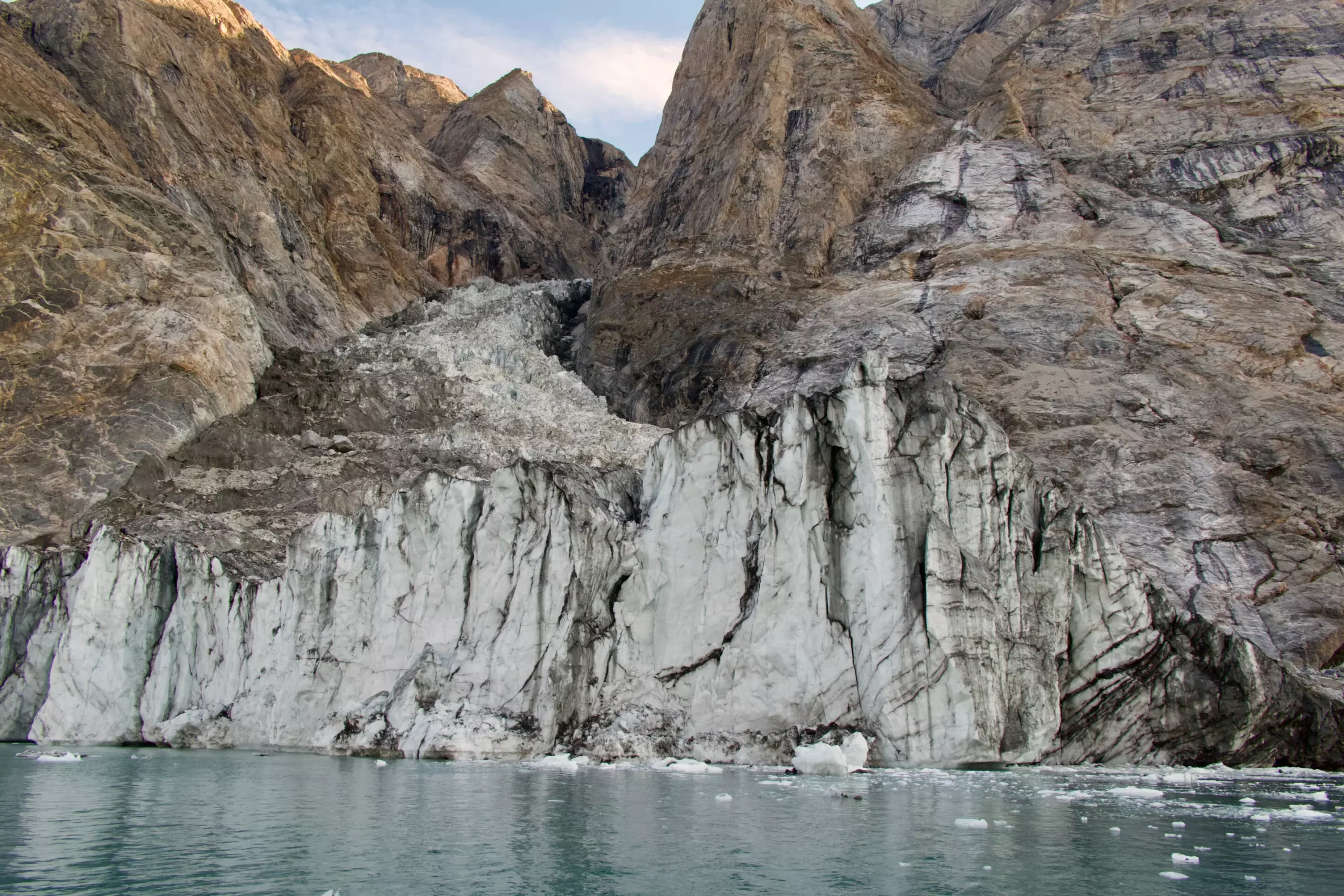In September 2023, a seismic phenomenon captured the attention of scientists globally, presenting a riddle that took days to unravel. For an astonishing nine days, scientists detected a peculiar seismic signal that deviated significantly from ordinary earthquake patterns. This anomaly intrigued seismologists, particularly Alice Gabriel and Carl Ebeling from UC San Diego’s Scripps Institution of Oceanography, sparking a collaborative effort across international research institutions. Their investigation culminated in a groundbreaking study published in Science, unveiling the cause as a massive mountaintop collapse in East Greenland that generated a towering mega-tsunami, approximately 200 meters (650 feet) high.
The ramifications of this seismic activity extended beyond curiosity; the ensuing mega-tsunami created intense waves that oscillated within the narrow confines of the fjord, leading to the phenomenon known as a seiche. While fortunately, no human lives were lost, this event wreaked havoc on a research station situated on Ella Island, resulting in damages valued at around $200,000.
At the heart of this extraordinary incident lies the insidious impact of climate change. The accelerated melting of glaciers at the base of the Greenland mountain played a pivotal role in destabilizing over 25 million cubic meters (33 million cubic yards) of rock and ice—the equivalent of 10,000 Olympic-sized swimming pools. Kristian Svennevig, the study’s lead author and a geologist with the Geological Survey of Denmark and Greenland (GEUS), emphasized the connection between climate change and the unusual geological events unfolding in polar regions. “Climate change is shifting what is typical on Earth, and it can set unusual events into motion,” Svennevig stated, highlighting the growing concern that such occurrences may become more frequent as global temperatures continue to rise.
Scientists initially faced considerable confusion upon detecting the seismic signal. The signal’s distinctive oscillation pattern, characterized by a 92-second interval, distinguished it from standard earthquake recordings, which typically exhibit a frenetic squiggle on seismographs. Moreover, the sustained strength of this signal for an extended period was unusual, piquing the curiosity of seismologists worldwide and sparking a flurry of discussions across scientific communities.
In the pursuit of clarity, researchers began connecting the dots between this unique seismic signal and the substantial landslide reported in Greenland’s Dickson Fjord on September 16—that coincided with the signal’s emergence. Led by Svennevig, an extensive team of 68 researchers from 41 different institutions utilized an array of data, including seismic recordings, field measurements, satellite imagery, and sophisticated computer simulations. This multi-faceted approach revealed the volume and dynamics of the cataclysmic rock and ice avalanche as it hurtled down the glacial slope into the fjord.
The researchers faced formidable challenges in simulating the tsunami’s characteristics and the resultant seiche. Their efforts were bolstered by high-resolution computational models that accurately portrayed the slow oscillations and wave height, mirroring the real-world event.
Robert Anthony, a geophysicist involved in the study, expressed his enthusiasm for the collaborative nature of the research. “It was exciting to be working on such a puzzling problem with an interdisciplinary and international team of scientists,” he remarked. Through extensive collaboration and integration of geophysical observations, the team was able to elucidate the turbulence associated with the landslide and the extraordinary seiche.
The implications of this research stretch beyond mere academic curiosity; they raise critical considerations for monitoring polar regions in an era of escalating climate change. Areas such as the Dickson Fjord, frequented by cruise ships, become focal points for understanding the cascading hazards posed by shifting geological dynamics. Past events, such as the 2017 landslide-triggered tsunami in western Greenland’s Karrat Fjord which devastated the village of Nuugaatsiaq and cost lives, underscore the necessity for heightened vigilance.
Gabriel, sharing insights from the study, mentioned the potential for re-examining historical seismic records for similar events. The findings not only contribute important knowledge but enhance the understanding of conditions that precipitate such magnificent yet devastating phenomena.
Ultimately, this research on Greenland’s enigmatic seismic event serves as a reminder of the earth’s complex systems and the ever-increasing influence of climate change. The interplay between geological events and climate conditions reveals phenomena that, while puzzling, can provide insight into the nature of our planet and the challenges that lie ahead in a warming world. The collaborative scientific community is poised to address these mysteries, ensuring continued exploration and understanding of the natural world in the midst of extraordinary change.

